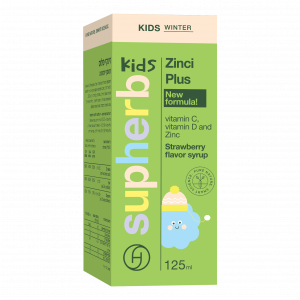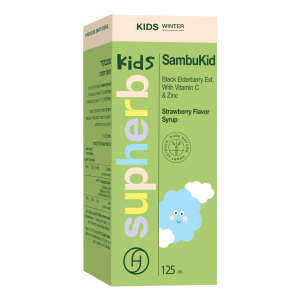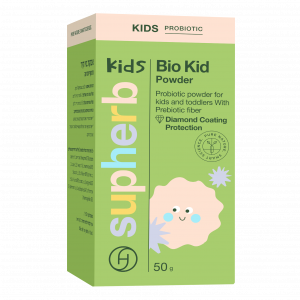- Home
- Infants and kids
- How to Maintain a Balanced Diet in Kids?
How to Maintain a Balanced Diet in Kids?
Proper diet is important, especially during childhood, when the body grows and develops. However, many kids prefer to stick to plain foods, such as pasta, sausages or other processed foods that don’t contain all the important ingredients for their development. How can we still encourage a versatile diet and expose them to new dishes? Here are a few advice from experts.
Childhood and adolescence are about growth, development and acquiring habits for life. There’s great importance to a proper diet in these ages, helping to keep the kids healthy then and in the future. The modern lifestyle, in which parents are working many hours and are outside of the house, it’s sometimes hard to keep a proper diet for the kids and make sure that they’re eating rich and versatile food.
There are a number of reasons for the importance of balanced diet in kids:
- Realizing the body’s development and growth potential.
- Building strong and healthy skeletal bones and teeth.
- Building an effective immune system.
- A proper activity of the nervous system that build up during childhood and effects the response precision and agility, memory, attention and concentration.
- Preventing a tendency for obesity, effected by the amount of fat cells, among other things. Fat cells production occurs until puberty. After that age, obesity (or weight loss) is actually an expansion (or narrowing) of existing fat cells. The more fat cells were produced during childhood, the more they’ll have a tendency to obesity.
Here are a few basic rules that can help you improve your kids’ diet and pave a direct path for good eating habits.
Colorful, versatile and interesting food – when kids are drawn to simple tastes, they’re in fact avoiding a variety of foods and are only willing to eat certain things, such as processed food, pizzas without any toppings, sauceless pasta or just plain bread. However, exposing them to a variety of dishes and natural flavors at an early age helps develop a sense of personal taste as well as reduces the level of addiction to sugar and processed food. There are several ways to make meals richer, healthier and more fun.
Right eating habits – eating in front of the tv or computer is a harmful habit that encourages overeating of snacks and junk food. Creating a family mealtime at a set time of the day allows the entire family to enjoy a proper diet with a selection of nutritional dishes such as salads, cheese and fish.
Less processed food – while processed food is easy to make and is accessible for the kids, it might damage their developing sense of taste, since the flavors are very strong and artificial. A kids who’s exposed to processed food on a daily basis will have trouble enjoying home-cooked food that doesn’t contain preservatives and is more refined in taste. In addition, the nutritional values of the processed food are much lower and don’t provide the kids with everything they need.
Food they can see – it’s important not to put too much food on a kid’s plate, since a large amount might deter them, especially if the parents insist that they finish it all up. You can serve “finger food”, which the kid can eat with his hands and enjoy the process.
Make meals a culinary experience – it’s easy to make food interesting since it comes in various scents, flavors, colors and textures. Cooking with a kid is a chance to let them touch the different textures with their hands, season, smell herbs, brainstorm creative ideas for dishes and enjoy some quality time. You can go shopping for food together, at the supermarket or market, and decide that you taste something new each week, go on fruit and vegetable picking days, have a picnic in the back yard, etc.
Snack time – when the kids are eating outside, in daycare or at school, make sure to turn their snack time or lunch into a colorful and fun experience by combining fruits and vegetables cut into shapes with a nutritious sandwich and interesting dip.
Incorporating nutritional food – you can put thickening vegetables into your meatballs, sauces and savory pastries, such as zucchinis, yams, beets and carrots that aren’t visible in the final product, and often can’t even be tasted, but still maintain their nutritional integrity.
Lead by example – the most important thing is to lead by example and show your kids that you eat a lot of vegetables and versatile food. The way your plate looks influences the decision your children make, which will stay with them until their adulthood.
Good luck!















